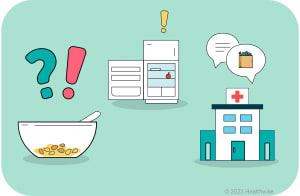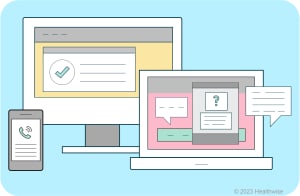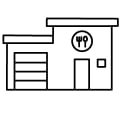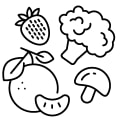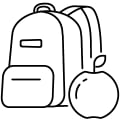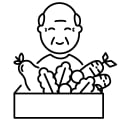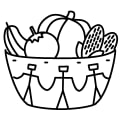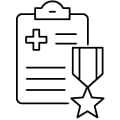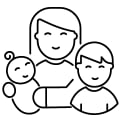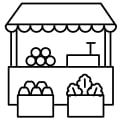Many people need help getting food. They may live in an area where there are few grocery stores and where
food costs a lot. Or they may not have enough income to buy food and pay the bills. It can also be for many
other reasons, such as an illness, a job loss, a growing family, or going to college.
|
Worrying about getting food can be stressful. If you need help getting food, talk to your doctor, a |
You can also find help by going online to findhelp.org or to benefits.gov or to |
Where can you get help?
The programs that offer food will depend on where you live. And you may need to give some information to
help you qualify, such as your income, your age, or if you have refugee status. To find out more about a
program, try looking it up online or asking at your local library. Here are some other tips and online
resources.
|
|
Food banks, food pantries, and soup kitchens. These places give out
|
|
|
Supplemental Nutrition Assistance Program (SNAP). It gives you a debit
|
|
|
Double Up Food Bucks. If you use SNAP, you may be able to get free
|
|
|
National food programs for children. These include the National School
|
|
|
Home food delivery. Many communities have programs that deliver free
|
|
|
Commodity Supplemental Food Program. It gives out monthly boxes of
|
|
|
Seniors Farmers Market Nutrition Program. It provides older people
|
|
|
Food Distribution Program on Indian Reservations. It gives out monthly
|
|
|
Veteran Health Administration Food Security Office. It connects
|
|
|
Special Supplemental Nutrition Program for Women, Infants, and Children
|
|
|
Farmers Market Nutrition Program. It provides people who have WIC with
|
|
|
Disaster Supplemental Nutrition Assistance Program (D-SNAP). If you've
|
|
|
Food programs for people who are refugees or immigrants. You may
|
Current as of: June 25, 2023
Content Version: 14.0
Care instructions adapted under license by your
healthcare professional. If you have questions about a medical condition or this instruction, always ask
your healthcare professional. Healthwise, Incorporated disclaims any warranty or liability for your use of
this information.
